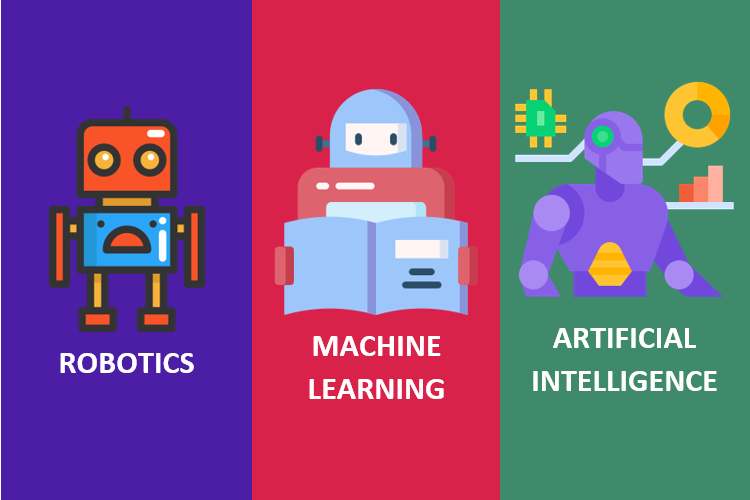21st century – with all its tech innovations, seeing industries being reshaped, lives improved, and some of the biggest challenges today are being addressed. Technology is no longer a tool for convenience but an active force that will determine the course of this world-from improving healthcare outcomes to driving sustainability in the energy consumed. Very evidently, technological change runs through our mode of working, communication, travel, and even our manners.
The scope of such tech innovations that shape our present and future ranges from AI and quantum computing to forming renewable energy, for instance, and genetic engineering. They are helping us look forward to smart cities, better health care, efficient energy use, and education systems.
1. Artificial Intelligence and Machine Learning
Both machine learning and artificial intelligence are the most innovative technologies of our day. AI mimics human intelligence in machines to revolutionize industries by process automation, improved decisions, and also optimization of efficiency. But machine learning allows its subset to learn from data, improve on performance with time, without one having to be programmed for it in each task.
-
AI in Healthcare
More vital impacts of AI in healthcare diagnostics include the near-perfect accuracy AI algorithms have in analyzing medical images such as CT scans and MRIs that have compared to and even outperformed human radiologists. Indeed, AI systems have already been applied to hospitals to enable early diagnosis of conditions such as breast and lung cancer and brain tumors, thus ensuring treatment is done quickly and accurately.
On the other hand, AI personal assistants also enable doctors to be able to manage time and care for patients merely by collecting data, scheduling an appointment and even analysis of lab results. And, AI is propelling a new principle of personalized medicine that can modify a treatment based on patient genetics to be maximally effective.
-
AI in Finance and Manufacturing
Finances today, therefore, make wide use of AI in its application in order to predict analytics for institutions to look at market trends and investment opportunities as well as to mitigate risks. In finance, the industry relies on algorithms that utilize large sums of financial data quickly so that predictions about the price of stocks, commodities, and other financial assets can be made.
Similarly, in the manufacturing sector, AI is widely used in predictive maintenance where patterns of wear and tear are predicted to identify machine failures. This provides a reduction in downtime while reducing the costs of maintenance and keeping production lines smooth and on operation.
-
AI in Customer Service and Retail
This has been ushered in by AI-based chatbots and virtual assistants like Siri, Alexa, and Google Assistant, creating waves in the customer service sector that is processing customer queries 24/7. Such systems make use of natural language processing to understand intent and respond on behalf of a brand to the customer query, thereby allowing it to offer better services and more efficiently without necessarily requiring human agents.
For instance, in retail, AI-based platforms sculpt unique shopping experiences for specific customers based on their behavior, choice, and purchase records. Thus, through real-time product suggestions to the customers, it increases sales and satisfaction of the customers. This form of experience through AI is also changing the face of e-commerce by dynamically adjusting prices based on demand, competition, and market trends through algorithms.
2. Internet of Things (IoT)
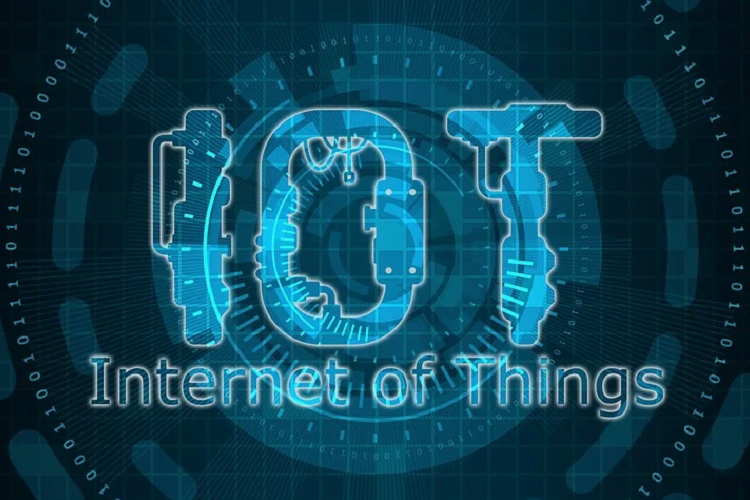
IoT, short for Internet of Things, is a network of devices that can gather, share, and interpret data. It can range from ordinary household items to full industrialized gear and connects through the internet. The technology found in the market creates an intelligent world where devices talk to other devices and even to humans and therefore endless possibilities for efficiency and automation.
-
Smart Homes and Smart cities
IoT tech innovations form the intelligent concept of smart cities with applications found in everything from traffic management and waste management to public safety and energy consumption. For example, the IoT sensors can be embedded into streetlights so that their brightness will be varying with traffic and weather conditions to improve safety without wasting much energy.
IoT in smart homes serves people by managing their daily lives through such smart devices as a smart thermostat, an intelligent refrigerator, and a security system placed in houses. Such appliances learn your preferences and adjust accordingly to make day-to-day activities energy-efficient while saving consumption. For instance, a Nest is a smart thermostat that learns the preference of the household on temperature and alters its setting to save both energy and money.
-
IoT in Healthcare and Farming
IoT devices have been used to monitor patients in the health sector. It can be presented as wearable tech innovations for fitness trackers and smartwatches recording patients’ blood sugar levels and heart rates. Such live data analyzed usually indicates anomalies and prevents a health emergency from happening. As an example, asthma patients have used smart inhalers which automatically track the usage and remind the patients or their carers whenever a dose is skipped.
IoT is transforming the ways in which precious farm inputs like water and fertilizers are used. For instance, smart irrigation systems monitor the moisture content in the soils as well as weather conditions, and thus will only irrigate crops if necessary, hence conserving water. IoT sensors are also currently being used in determining whether the livestock are doing okay; it has ensured that farmers receive timely information on how the animals are faring.
3. Blockchain Technology

If blockchain was primarily known as the platform that would form the basis for next-generation Bitcoins, then it is much more practical and realistic than that. To put it simply, it is a decentralized ledger of transactions across thousands of computers that keep it accountable, secure, and transparent.
-
Blockchain in Finance and Beyond
For example, it can be stated that in finance, blockchain will enable the achievement of secure, transparent, and efficient transactions. Blockchain will bring cross-border payments far faster and cheaper than the traditional mechanisms of banking. Blockchain and smart contracts facilitate automatic self-executing agreements without the intermediaries being involved at reduced costs and with a lesser chance for disputes.
Besides finance, blockchain is changing the face of many things, including supply chains, tracing commodities and proving authenticity. For instance, food companies begin to adopt blockchain when tracing products from farms to the table at the source of their food and how it is done that makes the consumer be able to view with clarity the source of their food and how it is done. Pharmaceutical drugs are also traced via blockchain to ascertain their authenticity and avoid counterfeits.
There are even usage scenarios in ensuring election integrity, providing for a secure, transparent, and tamper-proof voting mechanism.
4. 5G Connectivity
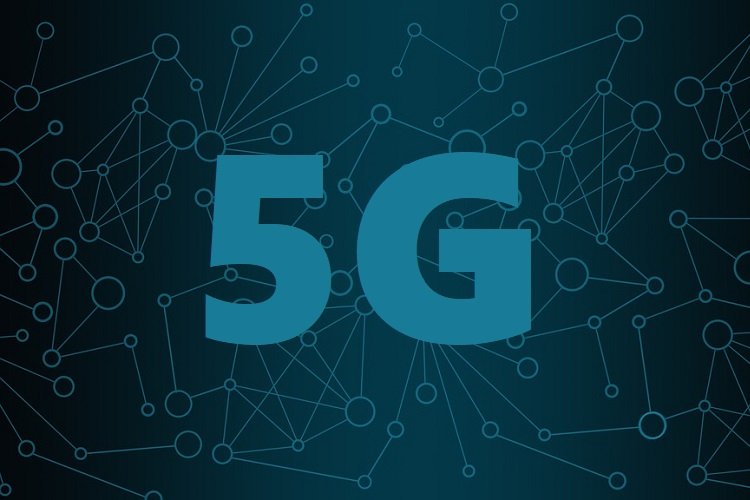
5G connectivity promises to make fast and reliable wireless communication the new norm. This generation of mobile network promises much faster speeds than that of its predecessors, lower latency, and also allows support of billions of connected devices at a time, marking the start of the Internet of Everything.
-
Impact 5G Could Have on Healthcare and Industry
5G technology has the capacity for low latency: Advanced sophistication for telemedicine and remote surgery through robotic systems allowing surgeons to attempt complex procedures in real time from anywhere in the world, further impacting deeper areas of access to specialties.
It will unlock the real potential of smart factories for industries. 5G will optimize the production line, downtime, and quality of products at times, as seamless communication is possible among connected devices.
5. Augmented Reality and Virtual Reality
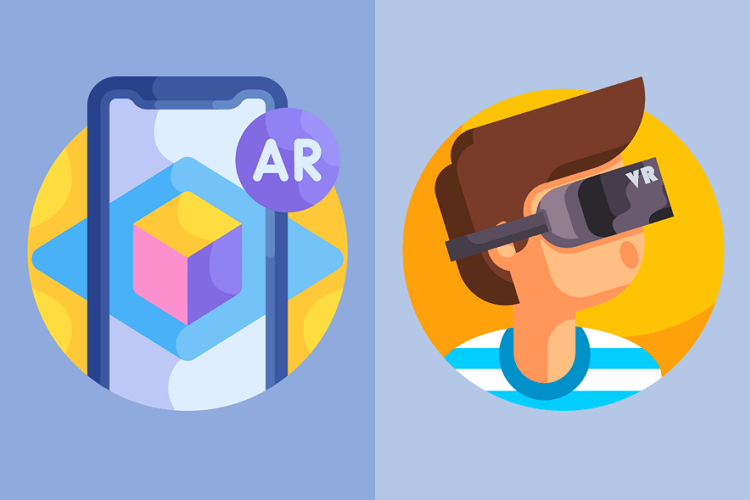
Augmented reality and virtual reality completely transform the experiences made in the physical and digital worlds. For AR, superimposed digital content is overlaid on real-world objects; for VR, it is a completely simulated environment, immersing its users inside it.
-
AR/VR in Education and Healthcare
AR and VR are altering the world of education by positively changing education aspects. New interactive experiences promote higher engagement among students, and increased comprehension is also achieved. Virtual reality enables the student to make virtual trips in historical sites or into the depths of the ocean or outer space, amazing wonders that would otherwise remain impossible in the classroom.
VR is used to simulate surgeries and other medical interventions in the training of healthcare professionals. On the other hand, AR can help surgeons by overlaying into their field of view critical data concerning the patient during surgery, which aids in the making of real-time decisions more correctly.
-
AR/VR in Entertainment and Retail
It’s building entirely new genres of games and entertainment for AR and VR. The technology lets the whole experience of playing a video game become immersive through VR, while for AR, it’s just an enhancement on mobile-based games like Pokémon Go, where virtual objects overlay into the real world.
AR in retail provides an opportunity to a customer to try clothes in virtual reality or to see how the furniture would look in a room before buying it. That saves on return products, increased consumer satisfaction, and consumer better informed purchasing decisions.
6. Renewable Energy Technologies

This transition to renewable energy is now much more paramount than ever with drastic climatic changes. Some of the leading technologies are solar power, wind power, and battery storage, which are at the very forefront of this transition, reducing dependence on fossil fuels and curbing global carbon emissions.
-
Solar Power and Energy Storage
The cost of the solar panels plummeted in the last two or three years. This has made solar energy an affordable means for home use or businesses alike. Advances in the storage system of the generated solar energy also helped release the excess accumulated during the day when needed at night.
Thus, the problem of intermittent output of energy is now settled. Therefore, large-scale applications of a solar farm with this new advanced storage system will then become viable for grid feeding.
In the same way, it is through tech innovations in wind power and hydroelectric power that better efficiency in these renewable resources is achieved. The newest models of wind turbines generate more energy at a lesser cost while the hydroelectric plants capture more amounts of flow water.
7. Biotechnology and Genetic Engineering
Biotechnology and genetic engineering are revolutionizing medicine, agriculture, and environmental science. Tech innovations such as CRISPR make it increasingly conceivable to edit genes to treat diseases and enhance crop traits.
-
Gene Editing in Medicine
Recently, a ground-breaking discovery was made of a revolutionary gene-editing tool called CRISPR-Cas9, that would now be able to edit DNA with unprecedented precision. It has opened enormous potential for treatment of genetic disorders like sickle cell anemia and cystic fibrosis, as well as some forms of cancers.
-
Biotechnology in Agriculture
The output of biotechnology in agriculture is that crops are made more resistant to diseases, pests, and environmental factors. GM crops have provided the capability to produce more food using less in terms of resources, so probably it will turn out to be a solution to world food security in an increase in population size.
8. Quantum Computing
Quantum computing exploits properties of quantum mechanics for solving problems that are difficult to be solved by a regular computer. Even though in its very nascent stages, quantum computing can indeed revolutionize industries by solving the complex intractable problems which, at present, seem quite unattainable.
-
Quantum Computing in Cryptography and Drug Discovery
Perhaps the most promising application of quantum computing has to do with cryptography. Quantum computers should, in time, crack the encryption methods being used today, but they would also make possible the development of quantum encryption, which would be uncrackable except with another quantum computer.
Drug discovery using quantum computing simulating with unimaginable accuracy the behavior of molecules in making new drugs. New drugs along with their treatments would be developed much faster. It can definitely lead to a marvelous thing, when those diseases such as cancer and Alzheimer’s could actually be cured.
9. Robotics and Automation
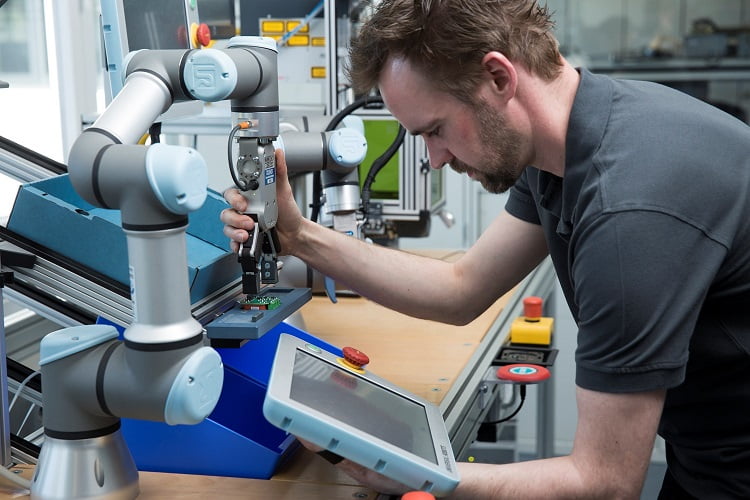
Industry has been revolutionized with robotics and automation, and robots have now occupied our daily life. There are autonomous vehicles for passengers and surgical robots; yet millions of other applications which, once called the preserve of human labor, can perform tasks.
-
Collaborative Robots (Cobots)
The applications of the collaborative robots, that is, the cobots designed to share working space with humans also aids to efficient productivity while being safe. There are examples of this in manufacturing facilities of the auto car where these cobots aid workers on an assembling line. These cobots further contribute to healthcare organizations by using the cobot for rehabilitation therapy as well as aid in surgeries.
-
Autonomous Vehicles
AVs probably represent the most visible application of robotics and automation. The operation of AVs relies upon artificial intelligence, sensors, and machine learning algorithms with minimal human intervention.
In the near future, the use of AVs should minimize the rate of accidents associated with traffic, maximize delivery time, and redefine the logistics industry through the mechanized transportation of commodities and people.
10. New Materials
New materials are coming into place that will be stronger, lighter, and better in holding more environmental sustainability. Such tech innovations as graphene, self-healing materials, and biodegradable plastics are going to revolutionize a wide range of industries.
-
Graphene and Green Building
It is, in fact, a single layer of carbon atoms arranged in a two-dimensional lattice, and perhaps one of the most promising materials in the 21st century: utterly light and fantastically conductive but also unimaginably strong.
As such, graphene has great potential in electronics, energy storage, and even in medical devices. Graphene could revolutionize everything from how we design our next smartphone to how we create our batteries.
New materials, for example, self-healing concrete in the construction industry increase the durability and longevity of buildings. They in fact heal cracks on their own, reduce maintenance costs, and lengthen the lifetime of infrastructure.
In the same way, other materials that create green buildings, such as sustainable plastics and designs that produce energy, are making construction more “green.”
Conclusion
These tech innovations- AI, IoT, blockchain, 5G, AR/VR, renewable energy, biotechnology, quantum computing, robotics, and new materials-change the face of every modern life. Be it smarter cities and personalized healthcare or breakthroughs in energy and agriculture, these technologies change more than just how we live-they remake the future.
And that will make efficiency, sustainability, and interconnectivity continue to improve with these technologies as they evolve and mix. This is where the power lies in so many of humanity’s challenges, from climate change to healthcare access, and they’ll fuel the next wave of economic and social progress. Of course, the future is exciting, and there’s no reason to think that that pace is about to let up.
